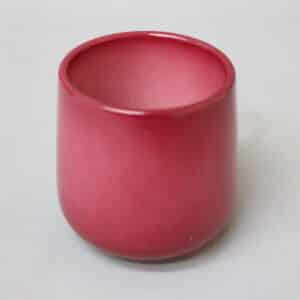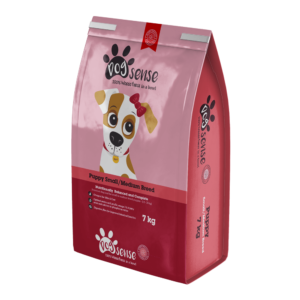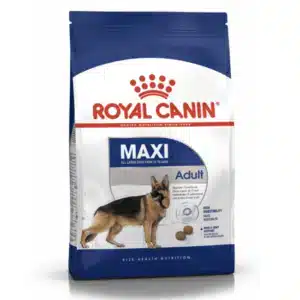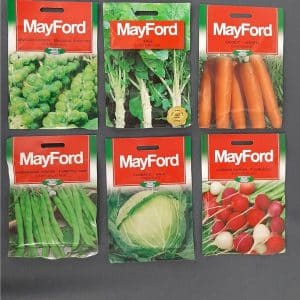Herbs for Balconies
Kitchen gardening
Herbs for Balconies
Live in a flat and love cooking with fresh herbs? You can grow your own herbs in containers on the balcony and have a ready supply at hand.
Limited space on a small balcony need not be a deterrent to having your own herb garden. Life is a garden on a balcony filled with the pungent aroma of fresh herbs! Utilise the small area by planting up containers, hanging baskets and window boxes. Place pots and troughs along walls and on shelves constructed like steps to maximise use of wall space. Herb baskets can hold up to five different types of herbs. Maximise use of floor space by arranging taller containers at the back, with graduating size pots towards the front. Remember that it is advisable to use lightweight containers on balconies because of the load-bearing factor.
The keys to successful container gardening are :
Know the micro-climate of your balcony. Place plants in areas most suited to them once you have established where the hottest, coldest, windiest, shadiest positions are to be found.
- Fertilise regularly. Plants can live for many years in containers, provided their nutrient needs are met. The nutrients in potting soil are leached by frequent watering and need to be replenished regularly.
- Water your container plants regularly. Wind and heat on a balcony will dry out plants.
- Keep a close watch on pest infestations and deal with them as soon as possible. A balcony is an artificial environment and ecological imbalances are bound to occur.
- Remember to rotate herbs in the containers to benefit the yield capacity and control disease and insects.
Try these herbs for a balcony garden :
- Parsley: Probably the world’s most popular herb, and the most often used garnishing herb, parsley can be grown throughout the year. Plant seedlings 14cm apart in a container that is well-composted. Place the container where it will receive sun. Replace the plants every two years.
- Oregano: A favourite herb for flavouring pizzas, pasta dishes, soups and stews, oreganum makes an excellent container plant and is easy to grow. It is not fussy about soil, but needs a sunny spot. It will withstand frost. Cut back the flowering heads twice a year. Every third year, in spring, you can divide the plant. Simply cut off a section and plant immediately in well composted soil. Keep it well watered for the first weeks and, as it grows, reduce the water gradually to about twice a week.
- Mint: Mint is ideal for growing in a container, as it is very invasive in a garden setting. Make sure the pot you use is fairly large and deep and able to retain water, as mint needs to be kept moist. It grows best in partial shade and some sun. Give regular applications of fertiliser. Cut back straggly growth twice a year to encourage new, tender growth. Mint dies back in winter.
- Garlic: Garlic is easy to grow. Simply break off a few cloves from a mature garlic bulb, press them into moist, rich soil about 15cm apart and 5cm deep. Make sure they are well watered and within a fortnight small green tips will emerge. Thereafter, water well every few days if you want rich, succulent garlic bulbs.
- Thyme: This shrubby perennial herb is a tough plant that is heat, frost and drought resistant. Thyme needs a container that is well-drained. Place it in full sun. Prune back in August to encourage new growth. When using thyme in the kitchen, strip the leaves off the stems, which can be quite woody.
- Sage: The key to successful sage growing is to make sure the plant does not get waterlogged, otherwise it will die off. Make sure the container is well-drained and place in a sunny spot. Cut back dead sprigs to encourage healthy growth. Add a small amount of bonemeal to the soil about twice a year and apply a light dressing of compost in autumn and again in spring.
- Rosemary: A very water wise plant, rosemary is frost resistant and easy to grow. Its aromatic leaves are ideal for lamb and pork dishes. Place its container in full sun. The cultivar ‘McConell’s Blue’ grows to a height of 70cm, whereas ‘Protratus’ is a ground cover reaching 30cm in height.
- Calendula: Also called English marigold, calendula is a very rewarding annual which provides a colourful show of light yellow to deep orange flowers in late winter. Calendula does best in a sunny position. Use fresh calendula flower petals instead of saffron to add colour to rice, fish and chicken dishes. It can also be used to lightly colour cheese and butter or a give a clear soup broth that tempting golden look.
You might also like
Shop online
-
DOG FOOD DOGSENSE MAXI 7KG
- R424.99
-
DOG FOOD SHN MAXI ADULT 15KG
- R1,571.31
-
Mayford Vegetable Seeds
- R39.99




